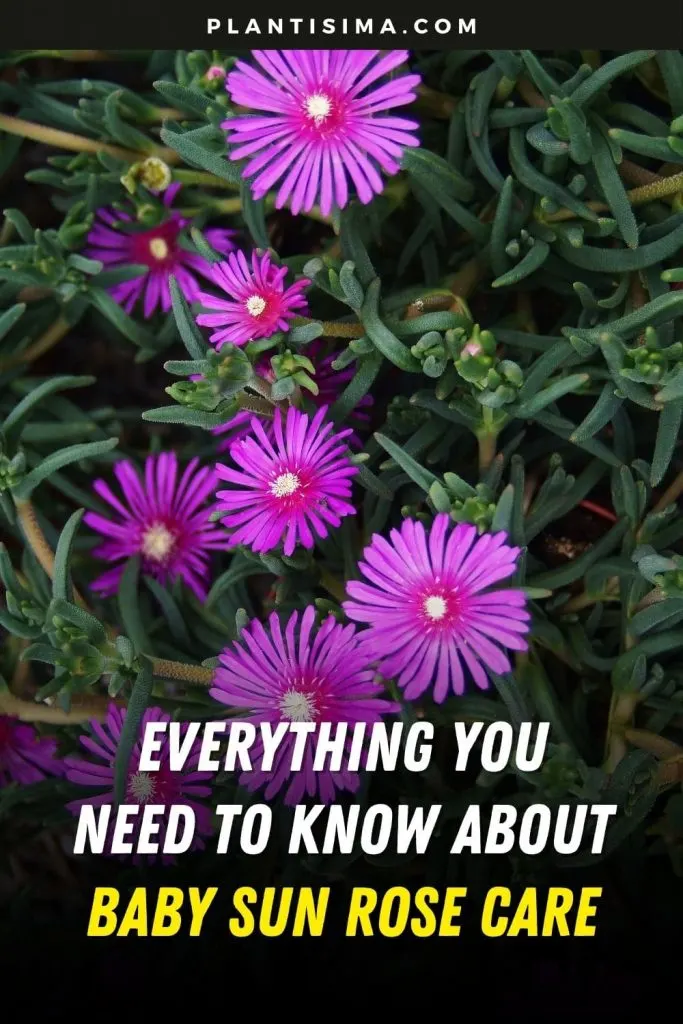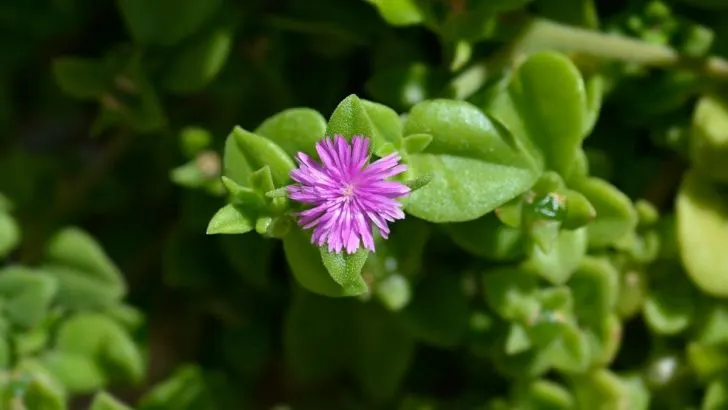In today’s article, we will be talking about the care guide for a baby sun rose plant. If you have this plant in your garden or in your home since the winter months are getting closer and frost and snow are already active in some regions, learn more about its care.
If you don’t have it but you’re considering buying it, this article will be more than helpful to you. You will learn all the basic skills you need to have for the care of this lovely red plant.
Even though it seems like a long article, once you start reading, you will realize how easy it is to pay attention to these simple things and to care about this succulent plant. This is already a hint, right?
If you want a plant that forms a dense mat at the soil’s surface and doesn’t require much care, welcome on board.
Today we will present you all about the baby sun rose care guide, so let’s begin.
How Do You Take Care Of A Baby Sun Rose?
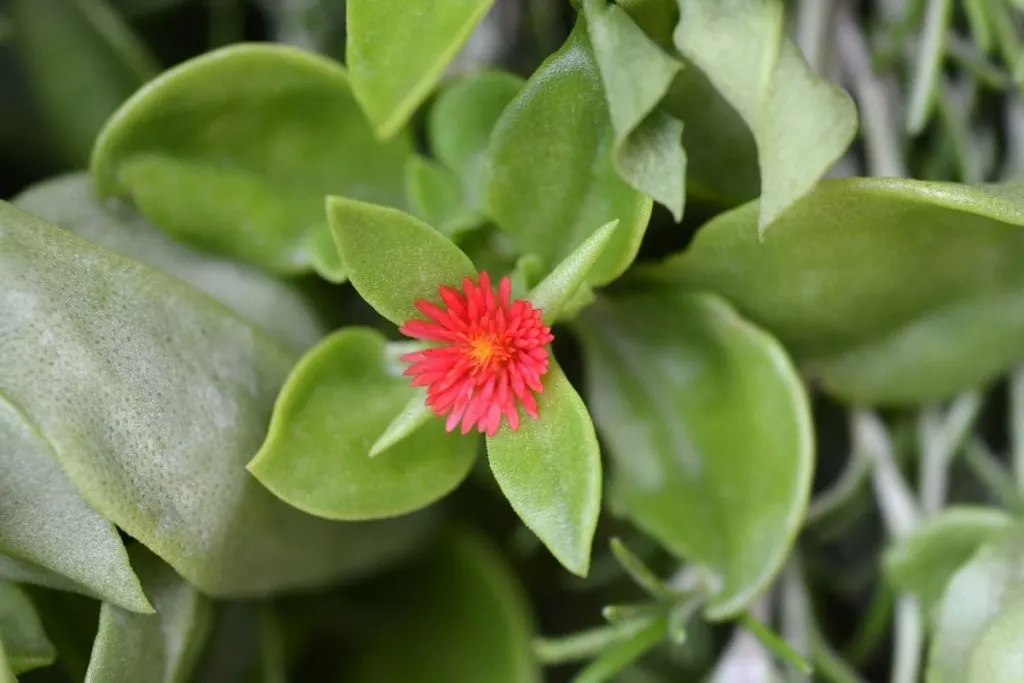
Make sure you expose your plant to direct sunlight and avoid partial shade, too much moisture, and too warm temperatures.
Once that plant has full sun conditions and succulent soil, your mother plant might give new baby plants in the early spring of next year.
To avoid root rot issues, avoid loose soil. Since the plant is often attacked by scale insects, pay attention to pests when watering.
Can Baby Sun Rose Survive Winter Months?
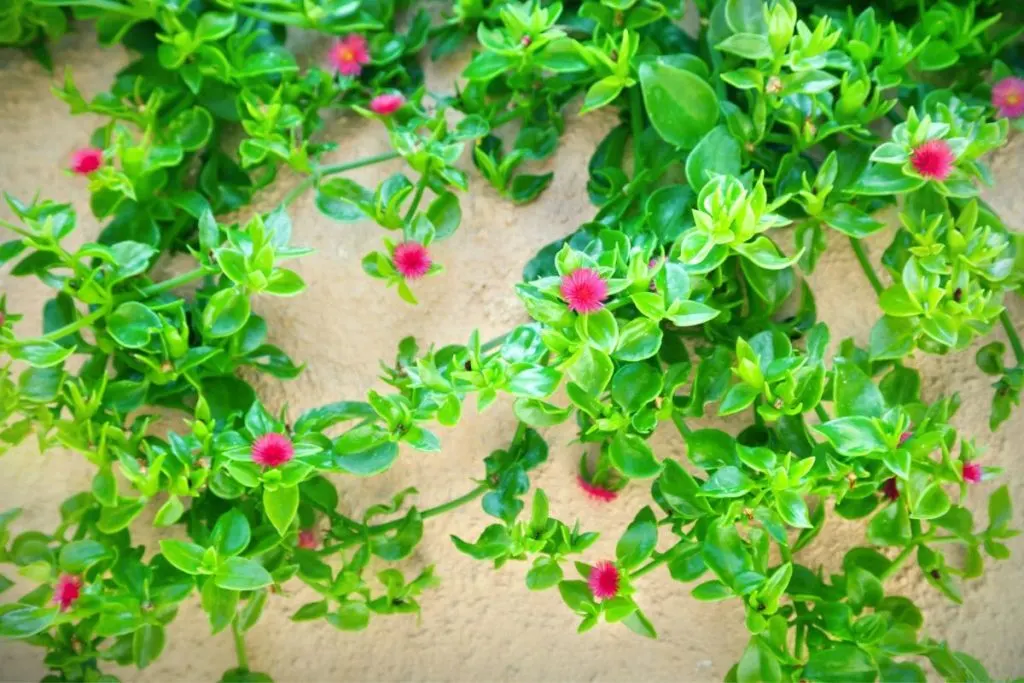
When you bring your baby sun rose indoors during the winter months, it has a chance to survive winter. If you leave it outside, it will most definitely not survive cold temperatures.
When you bring it indoors, avoid frequent watering, make sure that the garden bed is warm, and do not fertilize this beautiful plant over winter.
Baby Sun Rose Care Guide
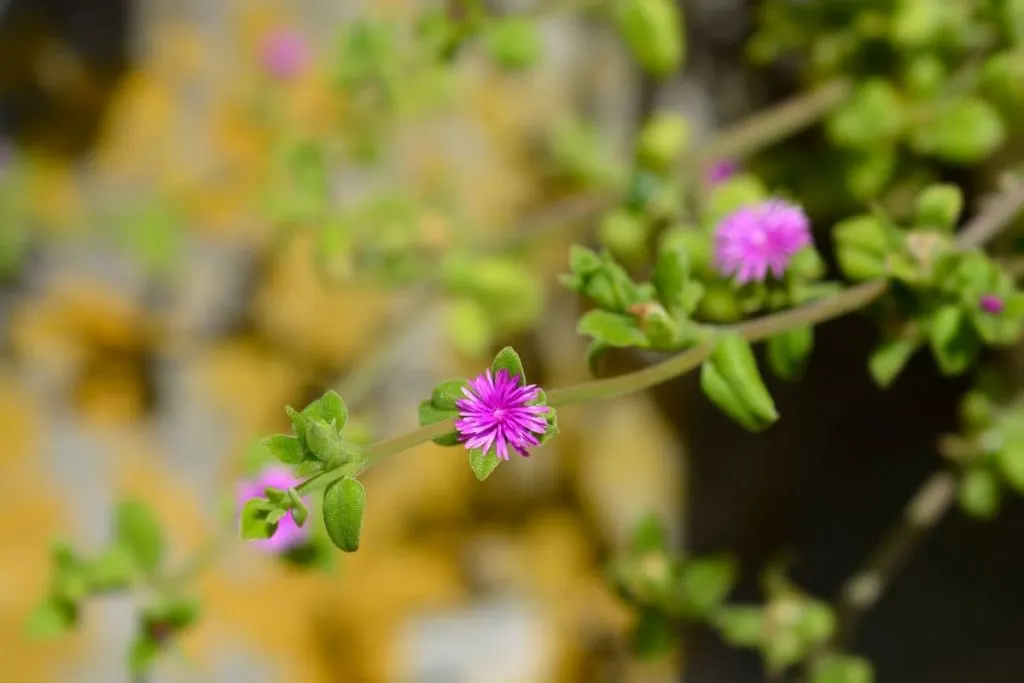
Below we bring you the ultimate care guide for a baby sun rose plant.
If you’ve been lacking awesome plants for your home that can grow in the pots and in the hanging basket, we present you its majesty baby sun rose.
To make sure that’s getting the perfect care guide, let’s learn all about it in detail below.
Light Requirements For A Baby Sun Rose
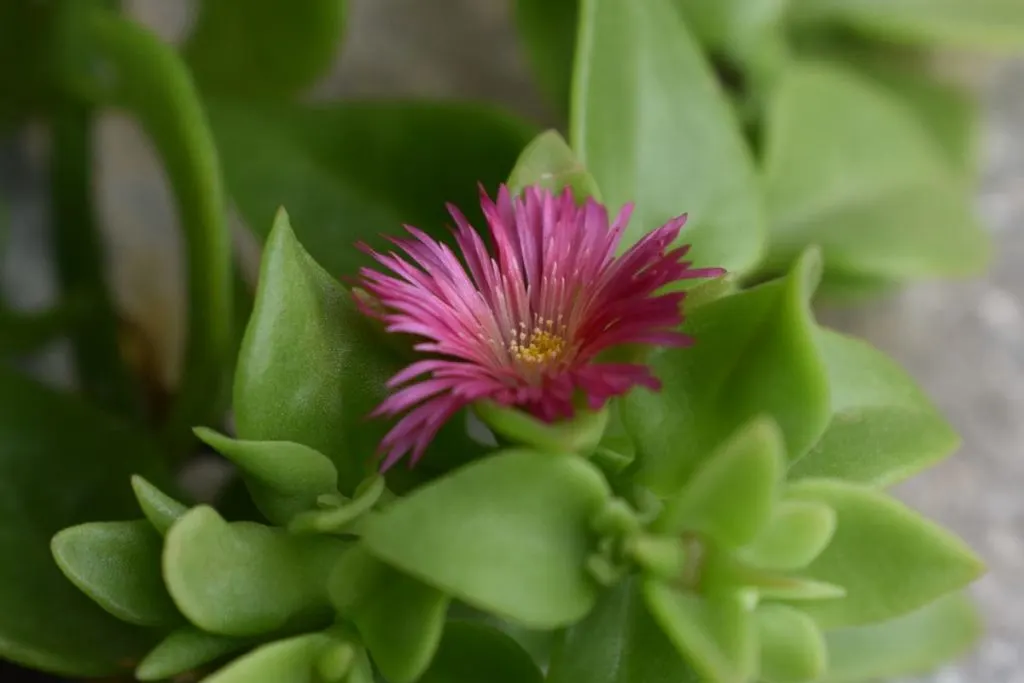
Baby sun rose plant needs at least 6 hours of direct sunlight to properly grow and develop.
When it has the right sun conditions, its bright pink color that has as its early stage of growth becomes red over time.
Succulent leaves are always medium green and that won’t change no matter where you place it, light-wise. However, for its poor growth, high heat, and lack of sun are the causes.
As usual, the plants tell you by their appearance so you will most definitely notice its droopy appearance when this happens.
Generally speaking, in the summer months, don’t leave it in direct sunlight for more than 6 hours since the constant exposure to too much sun can burn its leaves or cause even death to baby sun rose plant.
The best location for this (low maintenance plant actually) is the southwest window. In winter months, dare to put it on the east window right away.
An added benefit is the amazing look it will give to your room in the winter in the corner of your room.
Potting Soil For A Baby Sun Rose

Since the plant is a succulent plant that naturally doesn’t require much water, goes with peat moss-well-draining soil at the very beginning.
Potting mix for the houseplants is also a good choice as long as you don’t overdo watering.
Avoid acidic soils and soils high in organic matter since the winter time doesn’t need any fertilization. Sand, clay, and perlite soils are also out of the choices.
You can also apply salt-tolerant soils on this plant, especially in the late summer period or in its growing season.
We prefer adding rock gardens for the stability of the soils, lack of pests, and decoration as well.
Temperatures For The Baby Sun Rose
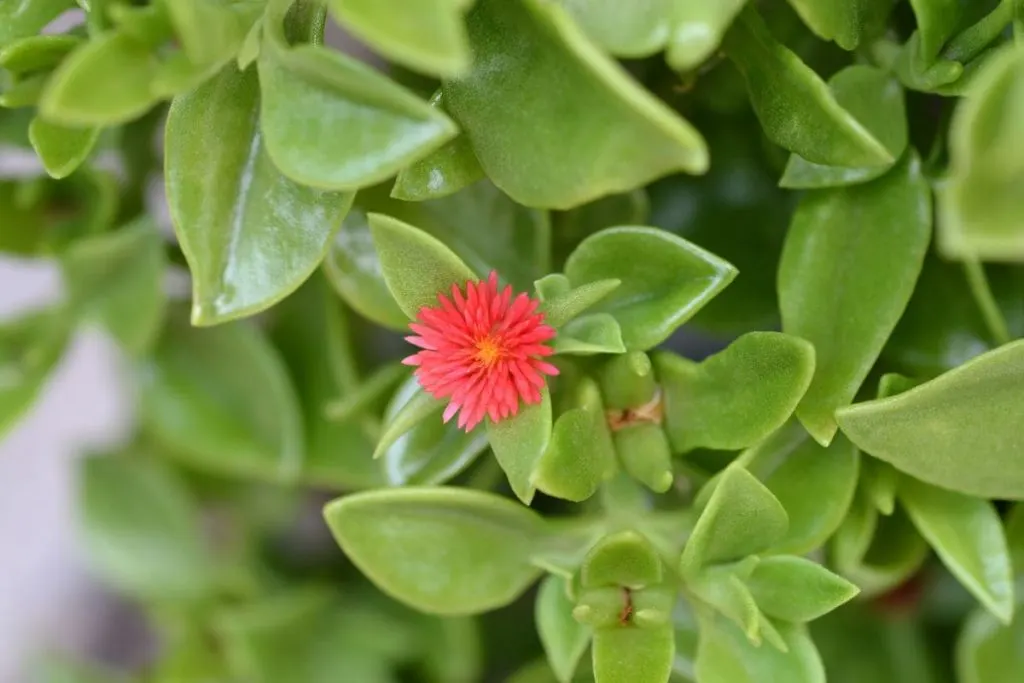
Baby sun rose doesn’t stand hot weather just as it can’t stand cold temperatures. The best ratio of temperature for this plant is between 55 and 70 F.
When the temperatures are too high, avoid excess water (avoid it anyway), especially during these times.
When it has less temperature in the room where you’re keeping your plant, make sure that on those occasions it has enough light at least. Sun exposure-direct sunlight in such occasions is desirable.
Humidity For A Baby Sun Rose
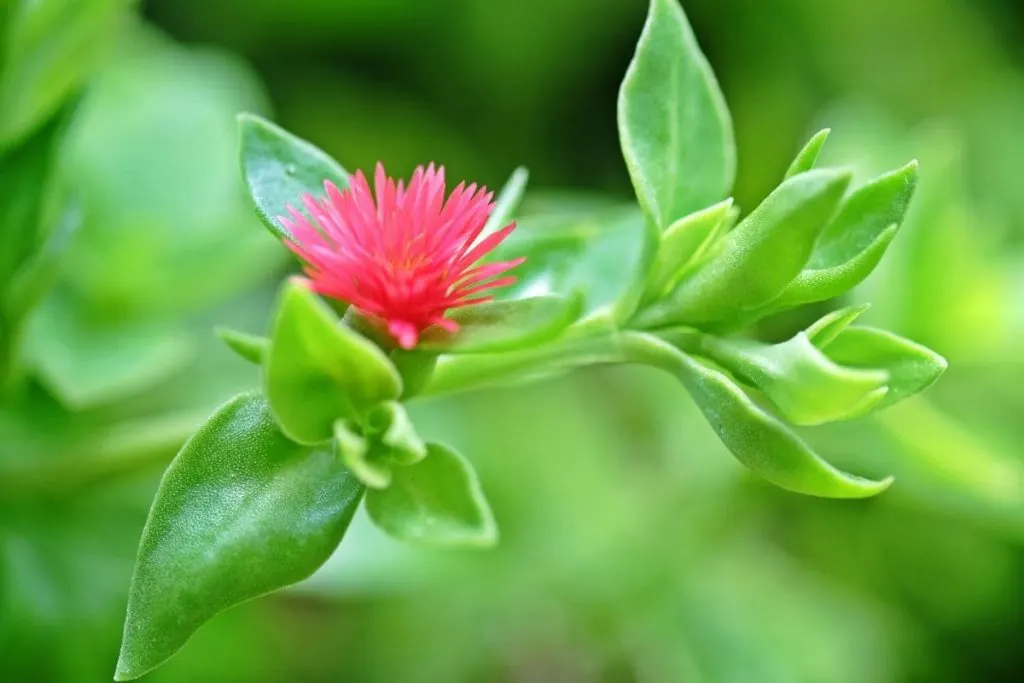
When it comes to the humidity of this plant, there is no need to discuss much it. The plant doesn’t like too much humidity.
Average humidity levels for this plant should be around 50 to a maximum of 60%. Everything above will reflect on your plant and you will have issues then.
High humidity in the combination of humidity and much water is perfect for creating the perfect environment for the pests that usually appear on the soil surface.
Watering Requirements For A Baby Sun Rose
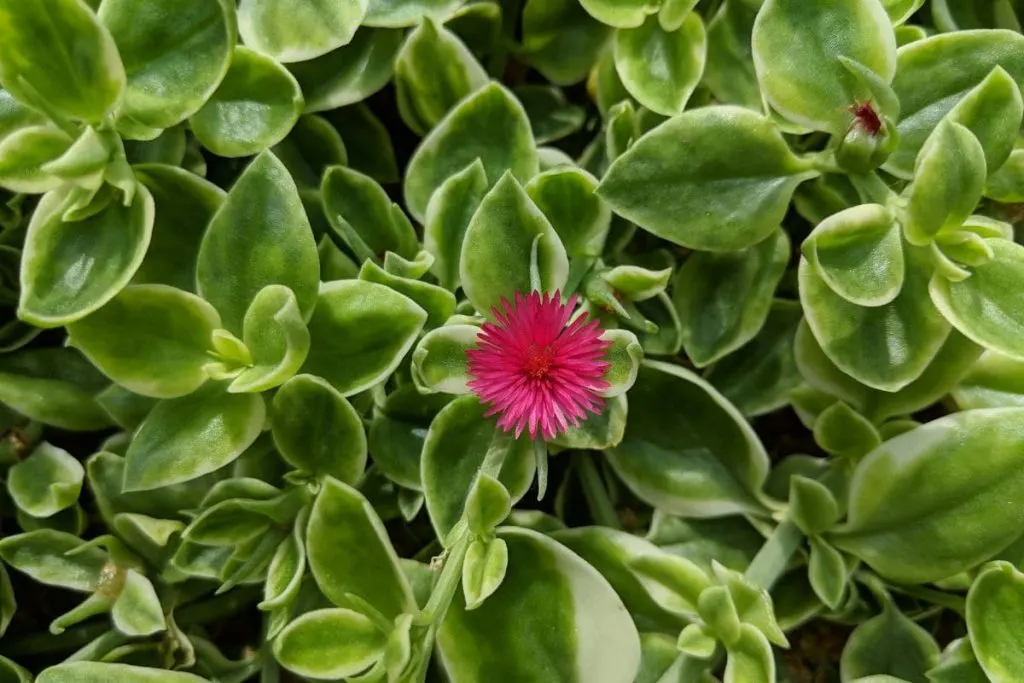
Since the baby sun rose is a succulent plant make sure the soil is completely dry between watering. As always, the easiest way to check this is with the finger check.
When it comes to the types of water, the baby sun rose isn’t a needy plant and it doesn’t really matter what sort of water you’ll apply to its soil.
Tapwater, distilled water, and rainwater, all are perfectly fine for the baby sun rose.
It is more than important to make drainage holes in the pot so that the excess water goes where it should go instead of retention in the plant’s soil.
Such conditions create root rot issues, they are perfect for pests and their diseases too.
Propagate Baby Sun Rose Like This
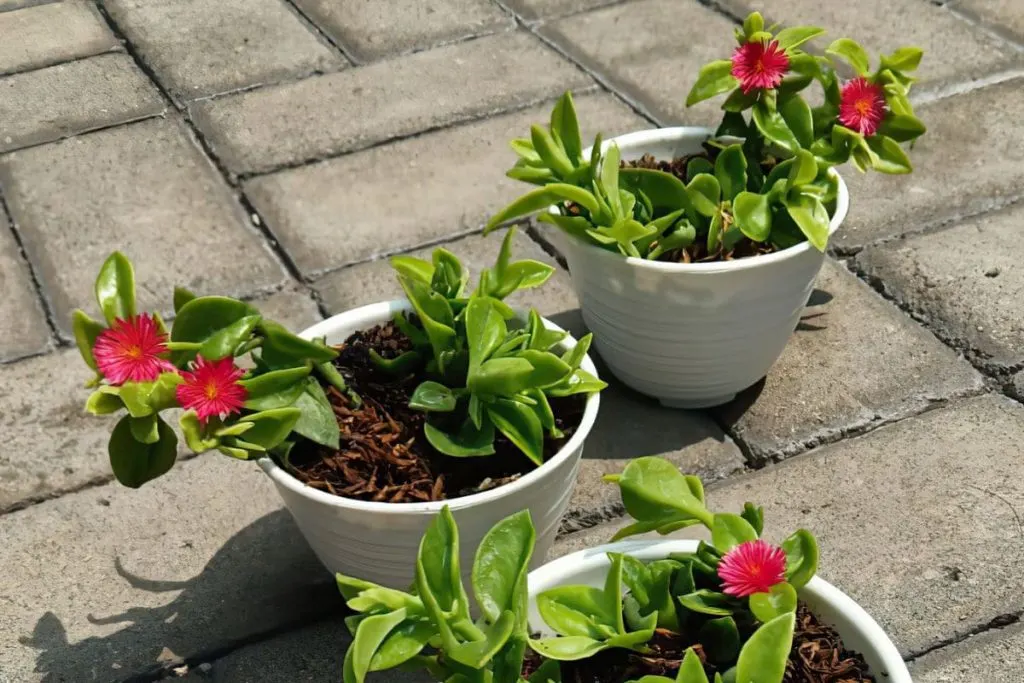
Baby sun roses are propagated by seeds or cuttings. Baby sun rose seeds can be collected from the mature fruit of an adult plant that is drying. These aren’t such easy propagation techniques.
When that fruit is opened, the seeds are taken and separated in a jar in a dry place and used as needed.
Most often, baby roses are propagated by cuttings. Half-ripe cuttings are taken from the plant in late summer or possibly early autumn.
Cuttings are cut with a sharp knife to 5 inches in length. The lower part is immersed in adequate soil, i.e. soil for rooting, and covered with a plastic bag. This is done so that the cuttings do not dry out.
In such conditions, expect new growth in about 4 weeks. It is important to locate your plant in a place where it has direct sun for at least 2 hours and lots of bright light during the day after you’ve done all of this above.
Fertilizer for a baby sun rose
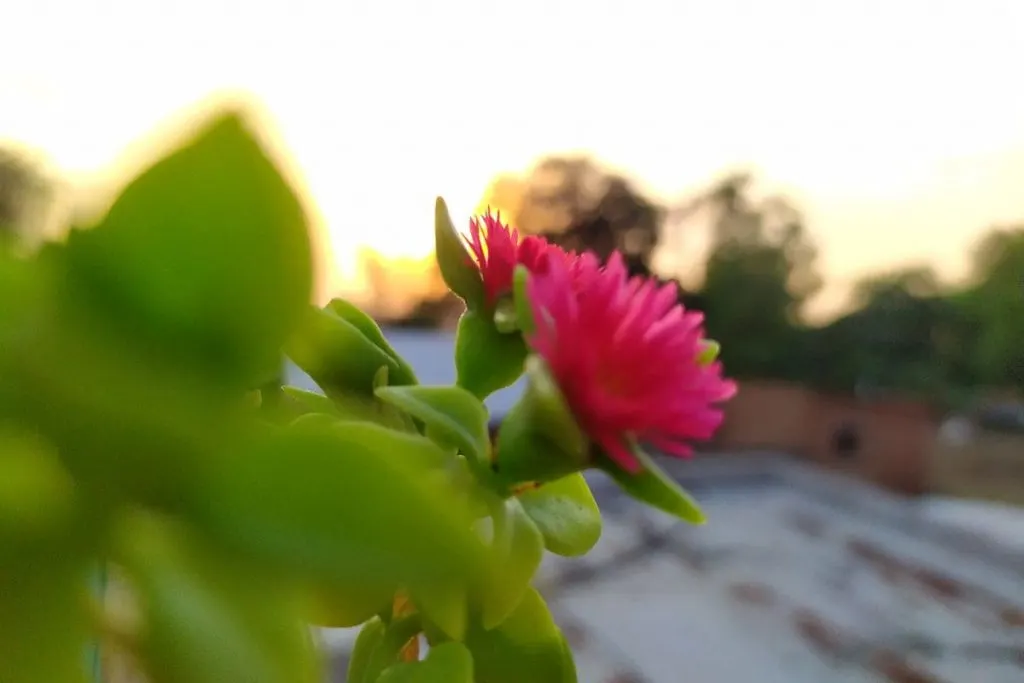
Apply slow-release fertilizer on your baby sun rose plant in the late summer or the early spring when you propagate the baby sun rose or in the springtime when it’s blooming.
During this time, water deeply but still pay attention to your red aptenia watering schedule. Root rot occurs fast on these occasions.
Heart-leaved aptenia has shinier leaves after fertilization and its ground becomes much steadier.
Pruning baby sun roses
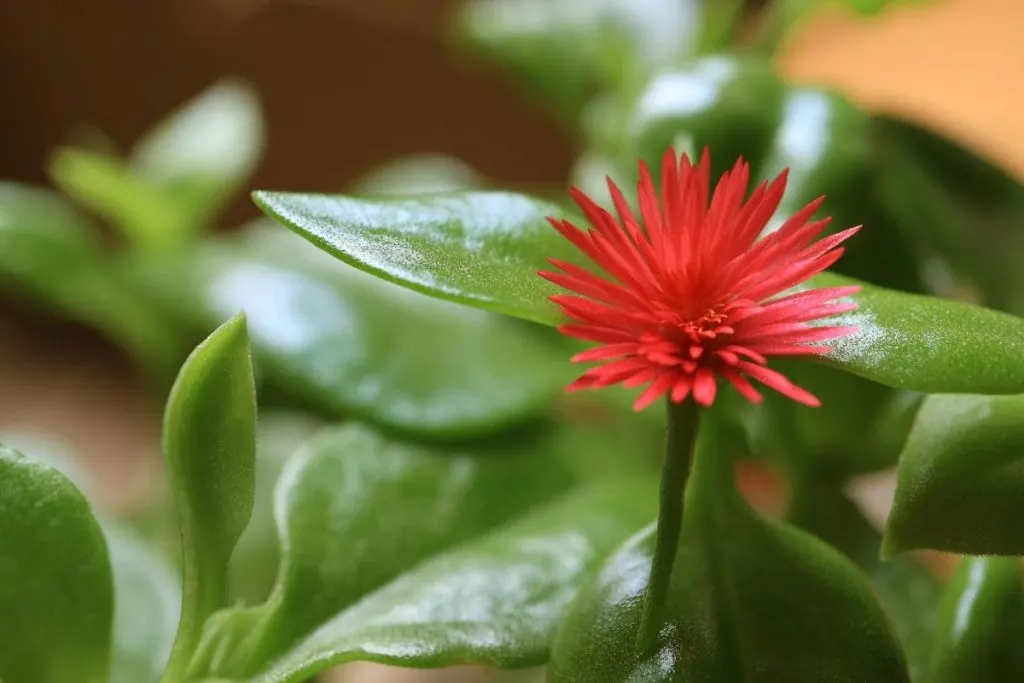
After long periods of blooming and growing, time for pruning must arrive. Some people do this even when not needed to reduce the size and to refresh its look and its stems, but we rather advice doing it when needed only.
Just like when propagating this plant by the stem cuttings, do it with a sharp knife or sharp pair of scissors to make sure you didn’t do any damage to the plant.
It’s best to prune the plant in the early or late springtime before its blooming season.
Pests and diseases of a baby sun rose
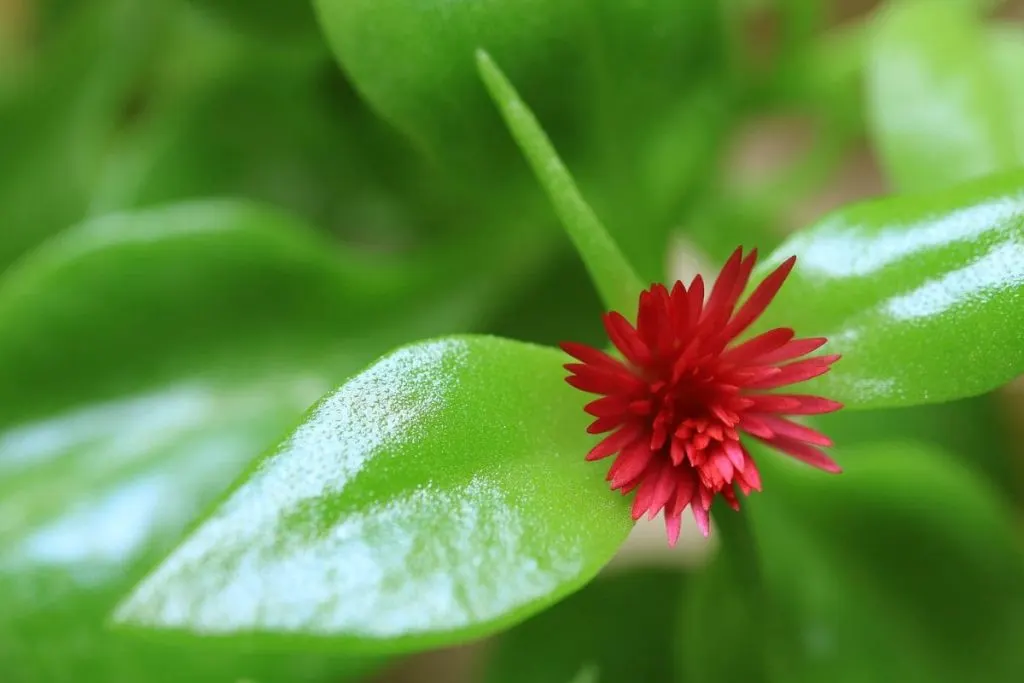
Below we bring you the most common pests and diseases of the baby sun rose plant:
- Aphids
Aphids are more than a frequent occurrence on roses in the spring. These pests attack plants in the shade more than those in the sun. They feed on the juices from the leaves and attack in large groups.
They come as a result of leaf curling and poorly developed buds. You can get rid of them by treating the plant with insecticides and spraying the infected parts, or by using dish soap.
- Rose rust
Symptoms of the so-called rose rust are orange spots on the underside of the leaf. The leaf usually falls completely or begins to curl at the ends.
It is important to notice the disease early and remove it, ie cut off the infected parts of the plant. A good prevention of this disease is the use of fungicides.
- Flame rose
Blight is a very common disease when planting this rose in a jar because it spreads during warm and humid weather.
Symptoms of this disease are reddening of the leaf, which causes black spots on the leaf, and gradual drying of the leaf, eventually falling off.
It is important to use healthy seedlings and regularly ventilate closed spaces so that the space does not have too much humidity.
Interesting facts about rose flower
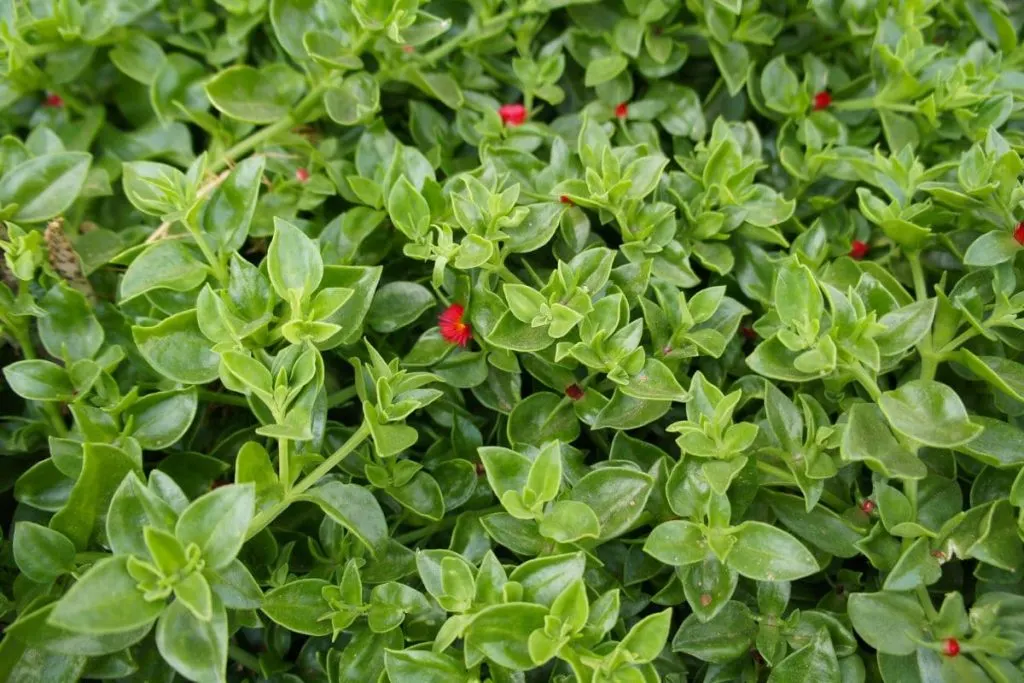
– rose oils are used as part of oils for fertility and it’s a well-known flower for fertility
– it is one of the most famous flowers in greek mythology
– it is one of the most popular flowers that mean friendship
– the black rose is one of the rarest and most unique flowers in the world with its mysterious look and black rose meaning
– rose flower is the national flower of England
– bayahibe rose is the national flower of the Dominican Republic
– the number of roses you give to someone special is usually a number bigger than 3
– every rose color has a different meaning, so for example red rose meaning in relationship and white rose meaning in relationship isn’t the same.
Final thoughts
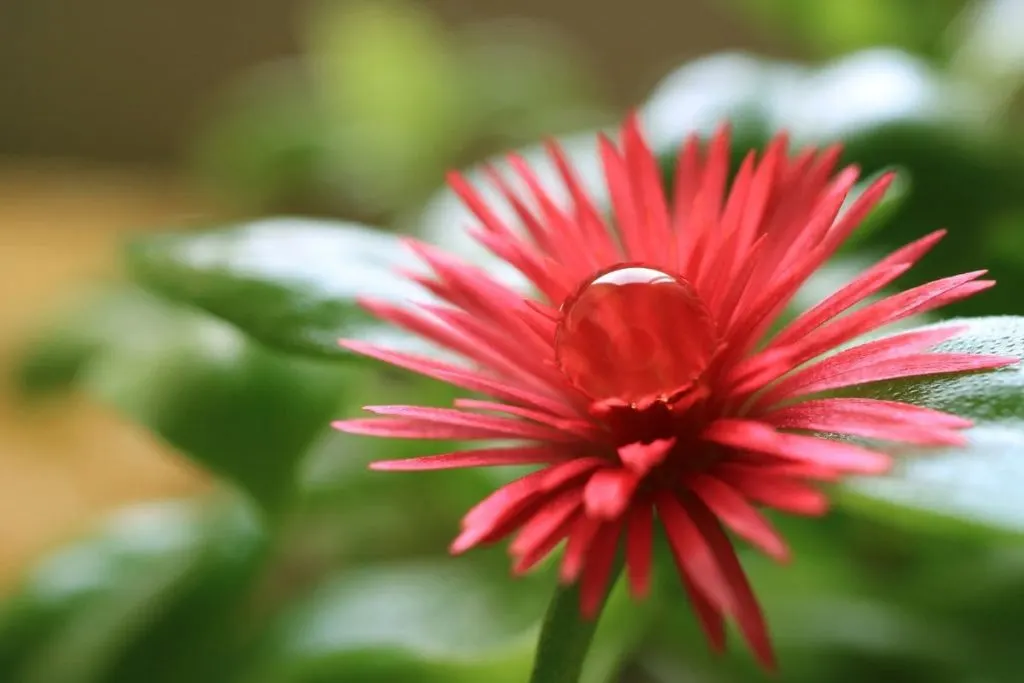
In today’s article, we talked about the baby sun rose flower. If you already had a specimen of this beautiful plant in your garden, you must have learned a few new things about its care.
Additional information certainly can’t hurt. If you have decided to definitely buy this plant just now, we are glad that we were of help. Let’s do it again then.
Direct sun for at least four hours, mild light the rest of the day, slow realize fertilizer, mulching with cuttings, peat moss soil, and pruning when necessary. Now we must have established the lesson learned, right?
That would be all for today, see you tomorrow with more similar topics.
